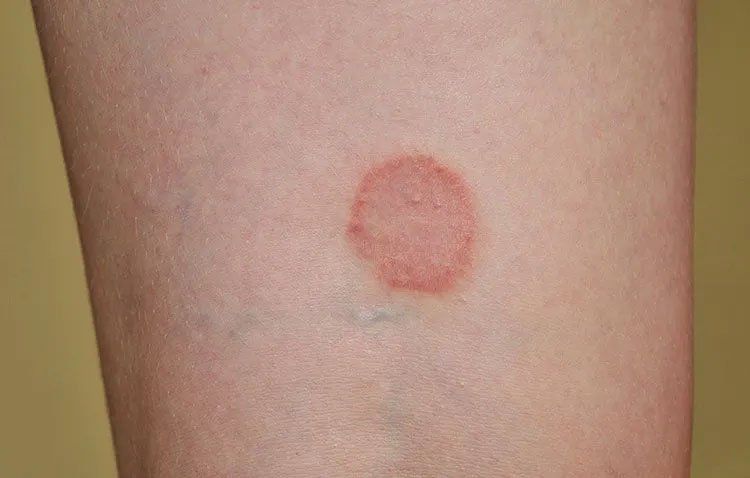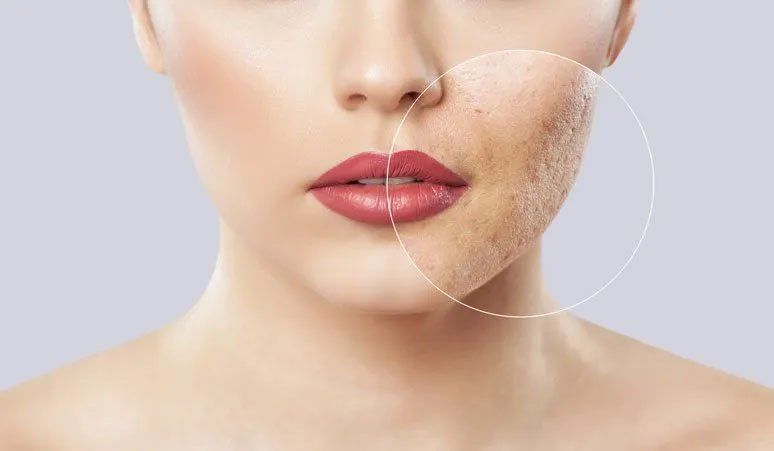Seborrheic Dermatitis 101: Everything You Need to Know
Seborrheic Dermatitis: Causes, Symptoms, & Treatment
Seborrheic dermatitis is a common skin condition that affects adults worldwide. While it is not life-threatening, it can cause discomfort and self-consciousness for those dealing with its symptoms. Understanding the condition and knowing when to seek professional care is essential to managing it effectively.
Below, we’ll explore the causes, symptoms, and available treatments for seborrheic dermatitis, as well as how dermatologist services can help you find relief.
What is Seborrheic Dermatitis?
Seborrheic dermatitis is a chronic skin condition characterized by red, itchy, and flaky skin. It commonly appears in areas rich in oil glands, such as the scalp, face, upper chest, and back. Often mistaken for dandruff or psoriasis, seborrheic dermatitis requires a proper diagnosis for effective treatment.
Common Symptoms:
Anyone experiencing the following symptoms may be dealing with seborrheic dermatitis:
- Red, inflamed skin in oil-rich areas, such as the scalp or face.
- Flaky skin that resembles dandruff, often yellowish or white in appearance.
- Persistent itching that can lead to irritation if scratched.
- Skin scaling or crusting, particularly on the scalp, beard, eyebrows, or nose.
These symptoms can vary in severity, often flaring up due to stress, weather changes, or other environmental factors.
What Causes Seborrheic Dermatitis?
While the exact cause of seborrheic dermatitis isn’t fully understood, several contributing factors have been identified, including:
- Overactive oil glands producing excess sebum (skin oil).
- Malassezia yeast overgrowth, which is naturally present on the skin but can cause irritation in some individuals.
- Genetics, as it often runs in families.
- Environmental triggers, such as cold or dry weather.
- Stress, which can worsen or trigger a flare-up.
Ways to Treat Seborrheic Dermatitis:
Managing seborrheic dermatitis often involves both over-the-counter treatments and professional care from a dermatologist. Some treatment options include medicated shampoos, fragrance-free skin care products, prescription-strength topical creams, antifungal medications, and light therapy.
When to See a Dermatologist:
If over-the-counter solutions fail to alleviate your symptoms or your condition worsens, it’s time to consult a dermatologist. They can provide a tailored treatment plan and monitor your progress to ensure optimal results.
Proactive Care for Long-Term Management
While seborrheic dermatitis may not have a permanent cure, it is entirely manageable with consistent care. Follow these tips to reduce flare-ups and maintain healthier skin and scalp conditions:
- Stick to a consistent skincare routine, including gentle cleaning and moisturizing.
- Avoid harsh or irritating products, such as those with fragrances or alcohol.
- Manage stress, as it can be a significant trigger for flare-ups.
- Schedule check-ins with your dermatologist to adjust your treatment plan as needed.
Take the First Step Toward Clearer Skin
Seborrheic dermatitis does not have to impact your quality of life significantly. With the right understanding and treatment, you can effectively manage this condition and achieve healthier skin.
If you’re struggling with persistent symptoms, professional help is just a call away. Contact the team at Spartanburg Dermatology & Skin Surgery Clinic, P.C. in Spartanburg, SC for expert care and personalized solutions tailored to your needs.













